Walt Disney began his career as a filmmaker in January of 1920 when he took a job making animated advertisements for the Kansas City Film Ad Company. It was the beginning of a journey that would take a struggling young artist and entrepreneur and eventually mold him into one of the most celebrated icons of 20th century popular culture. The historical map of that journey is an extraordinary one.
Welcome to Studio Geo. These are the places where Walt Disney created his moving pictures:
31st Street, Kansas City
Walt Disney was nine years old when he and his family moved from the small, idyllic town of Marceline, Missouri to Kansas City during the spring of 1911. Their first residence was a rented house at 2706 East 31st Street, in a neighborhood a few miles southeast of the city's downtown area. In the ensuing years, Walt would spend a year in Paris with the Red Cross and live briefly again in Chicago, the city of his birth. But before the end of the decade, he would return to Kansas City, where very significant events in his life would transpire within a twenty-block stretch of that particular boulevard.
 In the fall of 1914, Walt's parents, Elias and Flora Disney, purchased a small house several blocks east at 3028 Bellefontaine Street just off 31st Street. Frequently a carpenter and craftsman by trade, Elias Disney built a garage behind the house sometime in 1920. It was in this garage that Walt, with a borrowed camera, produced the Newman Laugh-O-Grams, a series of short, topical cartoons for the Newman Theatre, and later Little Red Riding Hood, the first independent Laugh-O-Gram cartoon. At around this time, Walt created the now somewhat iconic design of a cartoon artist at drawing board that identified him as Walt Disney, Cartoonist and listed his specialties of Comic Cartoons, Advertising Cartoons and Animated Motion Picture Cartoons.
In the fall of 1914, Walt's parents, Elias and Flora Disney, purchased a small house several blocks east at 3028 Bellefontaine Street just off 31st Street. Frequently a carpenter and craftsman by trade, Elias Disney built a garage behind the house sometime in 1920. It was in this garage that Walt, with a borrowed camera, produced the Newman Laugh-O-Grams, a series of short, topical cartoons for the Newman Theatre, and later Little Red Riding Hood, the first independent Laugh-O-Gram cartoon. At around this time, Walt created the now somewhat iconic design of a cartoon artist at drawing board that identified him as Walt Disney, Cartoonist and listed his specialties of Comic Cartoons, Advertising Cartoons and Animated Motion Picture Cartoons.  |
| Disney family members on the front porch at 3028 Bellefontaine Street. |
The house and garage at 3028 Bellefontaine Street still stand and are privately owned.
Laugh-O-Grams Films and the McConahy Building
In May of 1922, Walt incorporated Laugh-O-Grams Films and set up a new studio on the upper floor of the McConahy Building located at 1127 East 31st Street in Kansas City. Walt often took his meals at the Forest Inn Cafe on the first floor of the building, the restaurant's owners frequently extending him much needed credit. It was at this location that Walt and his staff produced the Laugh-O-Grams series as well as Tommy Tuckers Tooth and the "Song-O-Reel" Martha, a live action sing-along. The studio was just beginning production of the first Alice comedy, Alice's Wonderland in June of 1923, when a lack of rent money forced them from the building.
 |
| The McConahy Building at 1127 East 31st Street in Kansas City. |
The names of Walt's colleagues and associates in Kansas City read like a who's who of animation industry pioneers. Ub Iwerks, Hugh Harman, Rudolf Ising and Max Maxwell all worked with Walt at the Laugh-O-Grams studio. One block away from the McConahy Building at the corner of 31st and Troost was a large imposing edifice known as the Wirthman Building. It was home to the elaborate Isis Theater, whose resident organist was a gentleman named Carl Stalling. A well known and popular Kansas City musician, Stalling would be briefly employed by Disney in Hollywood at the dawn of the Mickey Mouse era, but fame would come most notably from his tenure at Warner Bros. a number of years later, composing music for the Looney Tunes and Merry Melodies cartoons. Stalling allowed Walt to show some of his commercial films at the Isis, and he even commissioned him to produce a number of short "song films" for the theater.
 |
| Walt Disney (in the back seat) with members of the Laugh-O-Grams staff. |
Following his eviction from the McConahy Building, it is likely that Walt returned to a location he had previously occupied at 3239 Troost Avenue. It would have been there that the studio completed production on Alice's Wonderland, and the company that was Laugh-O-Grams Films subsequently went bankrupt. Shortly thereafter, former colleagues Harman, Ising and Maxwell launched their own studio, renting space in the Wirthman Building. Arabian Nights Cartoons would purchase and employ many of the assets and equipment of the former Laugh-O-Grams studio. Broke, discouraged, but still driven to succeed, Walt boarded a train for California in July of 1923.
The McConahy Building survives still, but it is severely deteriorated and has become the focus of a grass roots restoration effort entitled Thank You Walt Disney. The Wirthman Building and the Isis Theater experienced tragedy and adversity in ensuing decades. The theater survived fires in 1928, 1939 and 1954. In March of 1970, the Isis became the center of racial unrest and rioting, and closed permanently shortly thereafter. Other tenants continued to occupy the Wirthman Building but it was ultimately demolished in 1997.
Studio Geo is a five part series. Subsequent parts will be published every Monday here at 2719 Hyperion. Coming next week: Kingswell and the Disney Brothers Studio.


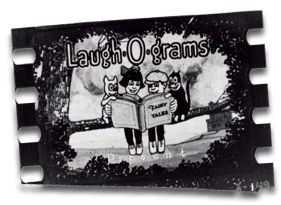




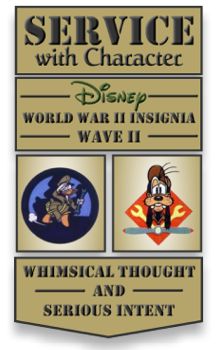
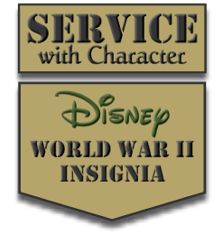




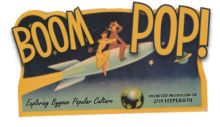






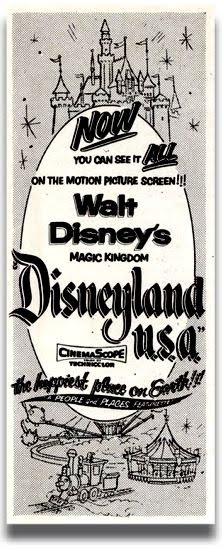
0 comments:
Post a Comment